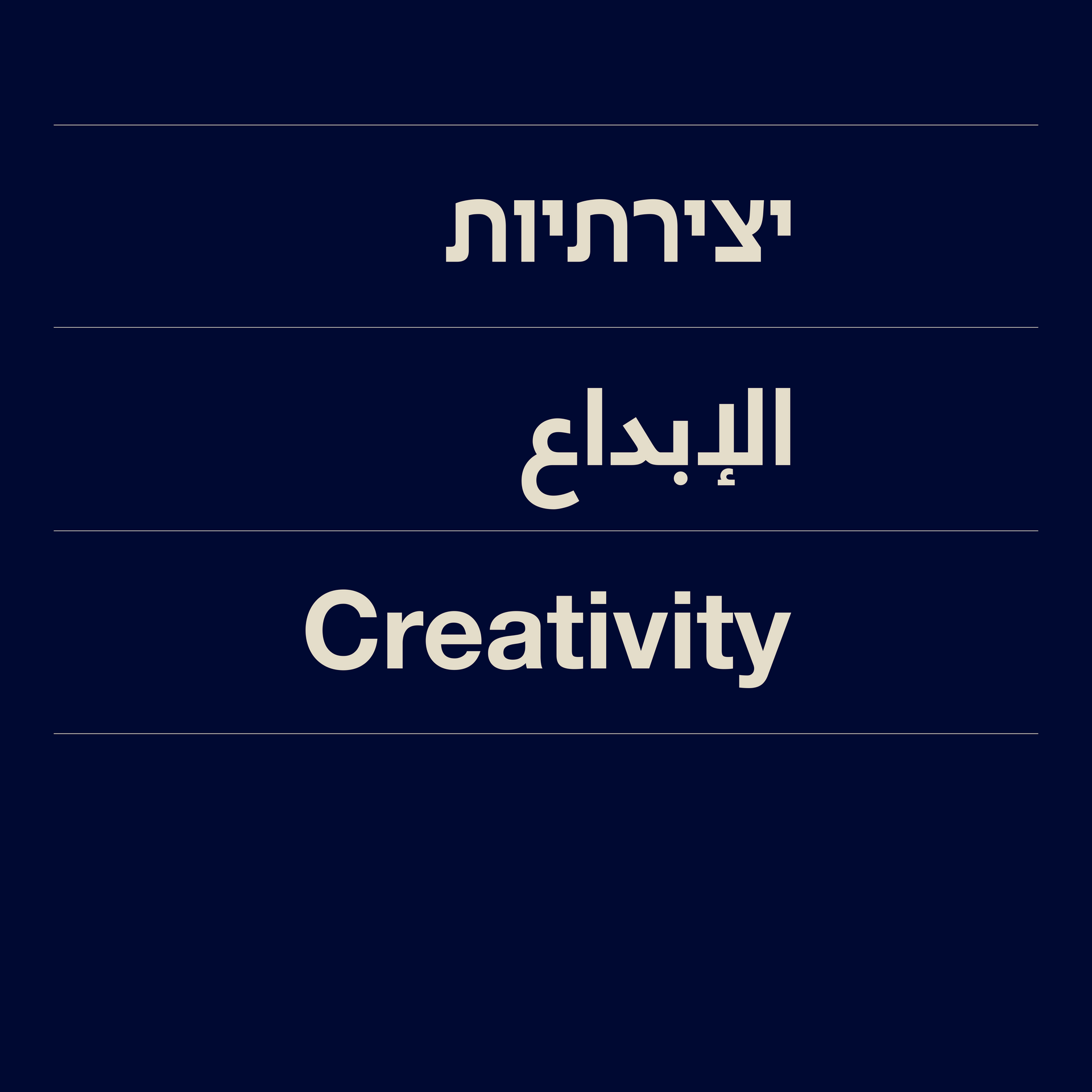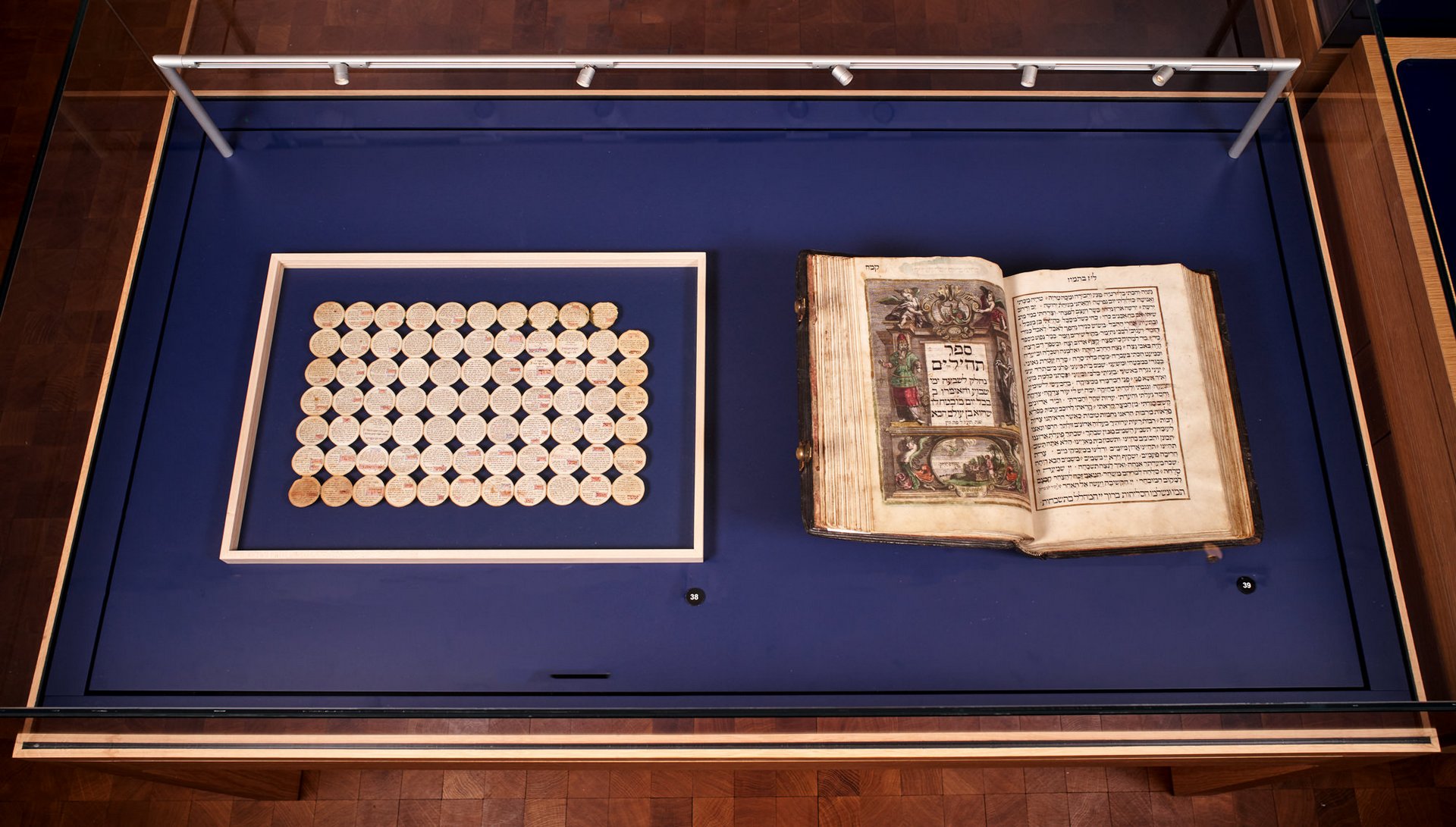
Based on the Second Commandment 'Do not make a graven image for yourself' (Ex. 20:4), many believe that images are prohibited in Judaism. Medieval Jewish manuscripts, however, generally regard this as a prohibition against worshipping idols, not against pictures.
The Israel Museum's Birds' Head Haggadah, dated around 1300, is considered the oldest decorated Ashkenazic Haggadah. A previously unpublished illustrated Haggadah in the Braginsky Collection (no. 35) cites older customs.
An illustration on fol. 34r shows a young man seated at an elaborately set table, pointing to a Haggadah on the table, next to a decorated opening panel.
The Lombard Haggadah from the Braginsky Collection (no. 36) contains 75 colored drawings, including an unusual group of images illustrating the Labors of the Months: twelve scenes of agricultural activities.
Seventy years later, medieval illuminator Joel ben Simeon decorated a daily prayer book, now at the National Library of Israel (no. 37). It contains five large full-color illustrations, among which a double-page illumination at the beginning of the Haggadah (fols. 115v-116r) of the Seder table and Pharao and his army.
An unusual Italian daily prayer book from the Braginsky Collection (no. 38) is a well-preserved rare example of a miniature manuscript written on 76 rondels from one sheet of parchment.
In Vienna, the Moravian scribe Aryeh ben Judah Leib of Trebitsch was the first to write manuscripts using
"Amsterdam letters". The Braginsky daily prayer book (no. 39) contains an image printed onto parchment, which suggests that the artist was involved in the printing industry.
